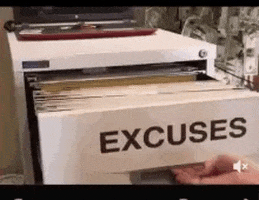Hi Fellow TRF'ers! 
I love the X-15 and one of my favorite rockets is a 4" Hangar 11 kit that I built in 2015 and still fly from time to time. I got it back when there were almost no X-15 offerings for rocketeers (even Hangar 11 was mostly out of rocketry when I got their kit).
Well things have definitely changed in the past few years! There was the big release of the Apogee kit as well as am offering from SNG Aero.
When @BigMacDaddy announced that he was making a BT80 version, I jumped on it! In addition to his kit imo appearing to be a quicker and easier build than the others, it also seemed more durable, more detailed, more flexible with motor choices and I really appreciate the amount of support he offers (based on my experience with his F104 Starfighter kit).
So this ended up being quite a "Right Stuff" story...


I love the X-15 and one of my favorite rockets is a 4" Hangar 11 kit that I built in 2015 and still fly from time to time. I got it back when there were almost no X-15 offerings for rocketeers (even Hangar 11 was mostly out of rocketry when I got their kit).
Well things have definitely changed in the past few years! There was the big release of the Apogee kit as well as am offering from SNG Aero.
When @BigMacDaddy announced that he was making a BT80 version, I jumped on it! In addition to his kit imo appearing to be a quicker and easier build than the others, it also seemed more durable, more detailed, more flexible with motor choices and I really appreciate the amount of support he offers (based on my experience with his F104 Starfighter kit).
So this ended up being quite a "Right Stuff" story...

Last edited:







































